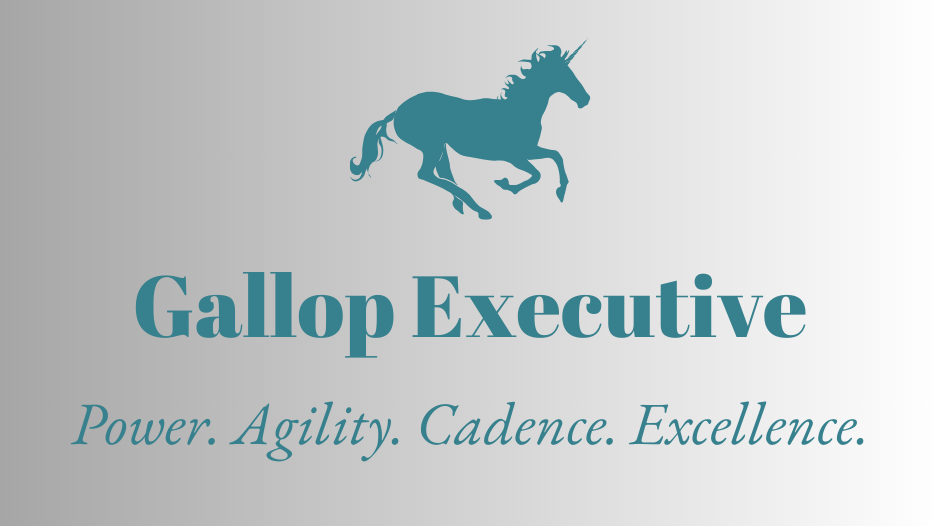A beginners Guide to Customer Experience (CX)
Customer Experience has become quite a buzzword and means many different things to different people. The reality is customer experience is a vast area that touches every part of a business, with direct influence from marketing, operations and digital. Customer experience can be at the very core of an organisation with the entire culture being built upon it and arguably, to be most effective, an organisation must have a customer first approach in order to achieve the highest levels of customer experience excellence. Seldom does an organisation achieve high levels of customer experience by having it as a siloed function.
There are so many things that influence how a customer experiences an organisation, from how the website looks, how easy it is to use, the sort of images used in marketing and on the website, what the brand stands for and its values, is there a commitment to Diversity, Equity & Inclusion? Is there a commitment to green and sustainability? What happens when a customer needs to contact an organisation? Is it an easy transaction? What channels are available for contact? Voice, e-mail, snail mail, WhatsApp, Webchat, Facebook and other social media platforms are some which are used to communicate with and service clients needs. It is probably important to highlight at this point that whilst customer service is a critical part of a business, it is only a small part in the overall end to end customer experience.
Let’s stay with customer service for the moment, because there are so many things that a service function can do for a business. Starting with the obvious and turning a cost centre into a revenue centre by driving a sales through service approach and cross sell and upsell of products and services. Customer service also serves as a vital and rich source of data for customer behaviour and feedback. Customer service is often the face of a business and though many believe that ‘the best service is no service’. Effective complaint resolution can be a really good way of delighting customers and whether complaints handlers are empowered to do what is needed to satisfy a customer. Vulnerable customer strategy and execution is another very important part of customer experience.
Service can also be face to face and we have seen particularly field engineering going through significant transformation in recent years as we transition towards ensuring that every transaction that a customer has with a business leaves behind feelings of satisfaction and happiness.
Marketing and how a brand is perceived and presented in their market are critical factors in determining how satisfied a customer may be with an organisation. Creating brand loyalty can pay dividends and a loyal customer is likely to be way more forgiving of an organisation’s challenges and woes. Using customer insight and data to analyse what customers preferences may be and what appeals to different customer segments is also a vital element of providing customer experience excellence.
And then we bring in digital. Digital transformation and customer experience transformation go hand in hand, with both being driven ultimately by people, and so we can also tie in people and culture transformation too. Different customer demographics have different needs with regards to how a product or service looks and feels. Staying with product fort a moment, which is a function that is very close to customer experience. We have the external product that the customer purchases, and we also have the internal products and mechanics of how a website or service proposition works.
So many things to consider! There are so many facets to customer experience as a function! Where do you start? Let us help.
We have placed many roles in all of the areas touched upon above and have worked with global and national corporate businesses as well as smaller to medium size organisations.
